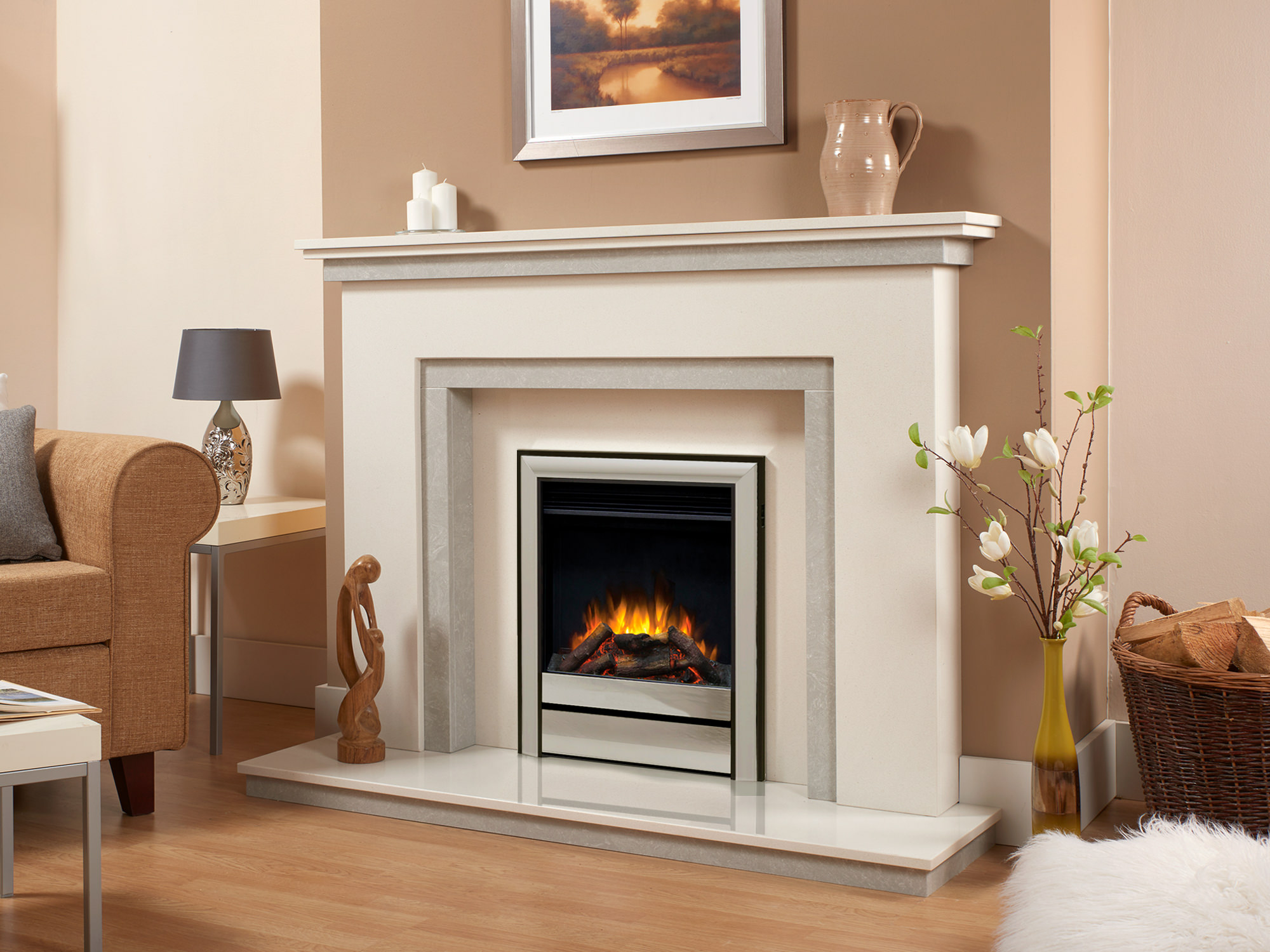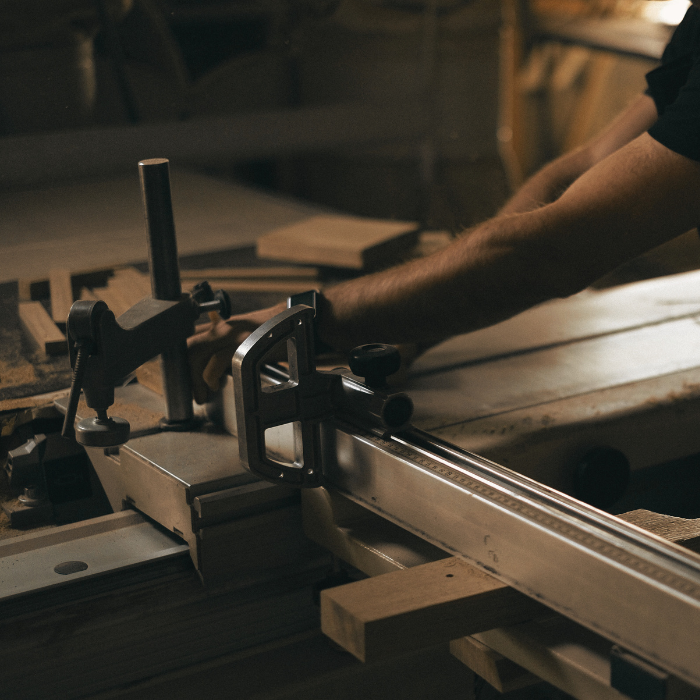Why use Danish Oil?. Here is an article explaining what it is, what it does and how to use it.
One of the first, most important things that you should consider when buying a natural wood product is the finish. What will it look like? How is it applied? And the most asked question of all which one is right for me?
Natural Oak is a versatile raw substance and is often untreated during the manufacturing process giving the craftsman/you many options when it comes to deciding how the product will look at completion. Whether you want your timber to adopt a medium oak gloss or a dark matt finish the product you decide to apply can change the characteristics of the wood dramatically.
There remains one product that sets itself aside from others, that gives wood a desired satin matt finish while remaining safe and easy to use.
Rustin’s Danish oil, one of the most used finishing products in many a workshop, understandably so as it delivers a high quality desirable look whilst remaining one of the easiest and safest products to use. Danish oil can be applied to any wood cabinets, drawers, doors and floors all become candidates for a fresh makeover. Applying Danish oil remains one of the easiest ways to finish any wood product. No one method has to be used, from everyday household polishing rags to painting brushes and sponges all methods will provide a durable, sleek, fresh look to any wooden surface making age old tables etc. look like newly manufactured products.
Oil differentiates itself from other finishes such as varnish in a way that provides a unique end look to the product it has been applied to. Some finishes such as varnish can cause a plastic film that coats the wood, and can remove the unique natural quality that wood such as oak has. Oil however attempts to soak into the product it is applied to, and highlight the grain found in all natural woods, defining each individual characteristic. Oil has the ability to tone wood in such a way that it gifts a uniform, antique colour allowing the user to match different products such as a fireplace to skirting board, a common request among many who use various types of wood.
To make sure that the finish on the product is as best as can be, Rustins advise their customers to make sure that the surface they are applying Danish oil to is smooth, dry and free from anything that could potentially stop the oil from achieving a deep, rich soak that it is designed to do. Preparing the surface, a simple but essential part of the finishing process, removing any other previous finish is the first step in ensuring a quality end result. Most previous finishes can be easily removed by using standard power tools or chemical based formulas i.e. white spirit. Making the necessary preparations ensures the application process to be easy, effective and worry free.
Applying the oil can sound like a daunting task but it couldn’t be made any easier. To start it is advisable to use a small container to store the oil such as an old jam jar; this is to ensure that you can keep the rag you are using soaked and to prevent any possible spillages. Use a rubbing motion following the grain of the timber; this allows the oil to penetrate into the wood giving the coat a durable lasting finish. Allow the oil to soak into the timber for approximately 2-3 minutes. Wipe the object with a clean dry rag to remove any residual oil that may be left behind. A recommended 3 coats are to be applied to untreated wood; with each coat being applied after the previous has dried this could take around 4-6 hours per coat depending upon the room temperature. It is essential to make sure that the area you are oiling is dry keeping the oil a concentrated solution. After these simple steps Danish oil will leave a smooth, dry and stylish finish. To maintain a fresh Satin look re-apply the oil once a year, following the same steps of preparation and application.
Rustins Danish oil can vary in size depending on the quantity needed. Whether it is a shelf or an entire floor tins range from 250ml to 25 litres and tend to last a long time when sealed and kept at a cool temperature, so it’s ideal to have a spare tin kept in the shed or workshop for whenever you feel a new coat is needed.
Although Danish oil is more suited to indoor use it can also be applied to outdoor surfaces in the same way making it the perfect finish to most garden furniture. Advisably more coats must be applied to outdoor items to counter the natural effect that weathering has on wood. Danish oil however is compatible with a number of other products such as Grainfiller and Wood Dye that can also be purchased from one of Rustins many stockists.
Having used Danish Oil for a number of years I have not yet found another finishing solution that would better suit my needs to treat oak. It has been the safest, easiest, most reliant, and a good all round quality solution. I would recommend Danish oil to anyone attempting to rejuvenate age old furniture or to finish a home project to a high standard. Danish oil is designed to suit the needs of big industry to the smallest of household jobs, whilst remaining consistent with finish and application.
For more information about Oak Fire Surrounds, Oak Fireplace Beams, and more, finished with Danish Oil take a look at fireplace.co.uk











